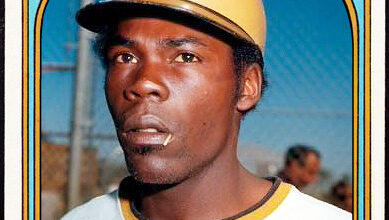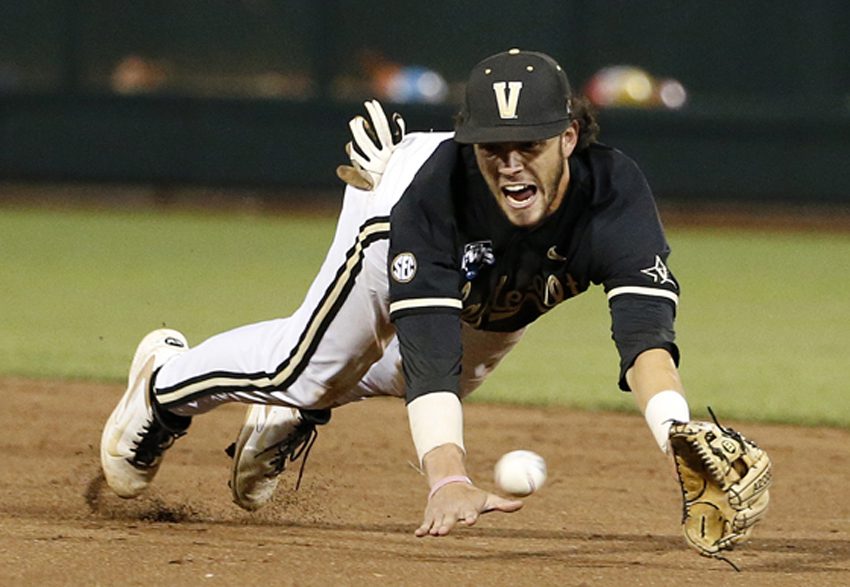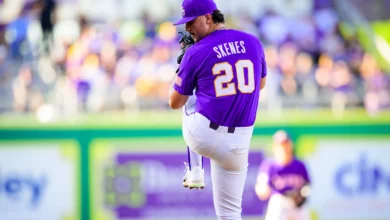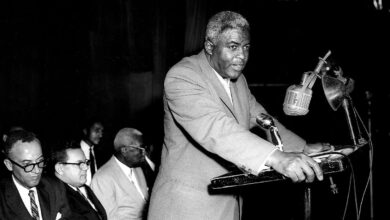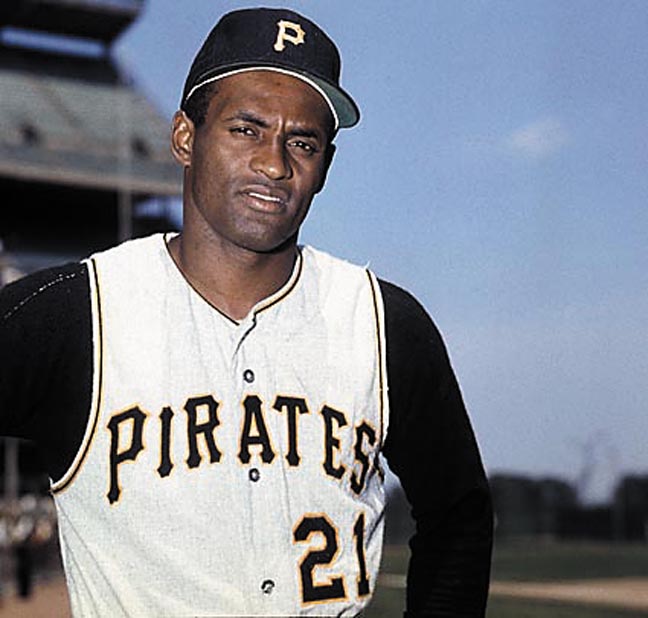

I thought it was interesting when ESPN’s Alvaro Martin mentioned on the air the other day that the great Ted Williams, arguably baseball’s all-time best hitter, was Mexican-American. According to the veteran play-by-play commentator, Williams was proud that he was part Latino, but was told not to “play it up.” It made me think about what Adrian Gonzalez said when he was traded from the San Diego Padres to the Boston Red Sox last winter. An American League MVP candidate, Adrian announced to the media that he was honored to be going to the team where Williams, a fellow San Diegan, once dominated the game. There was no need to say what else they had in common.
As Major League Baseball celebrates Hispanic Heritage Month, it reminded me about all the prominent Latino players in history and some of the stars who have taken their place. At the top of my list is the legendary Roberto Clemente, whose life was cut short during a humanitarian mission and now has a coveted MLB award named on his behalf. The only team Clemente played for was the Pittsburgh Pirates, and that organization enjoys a distinct Hispanic tradition. Others who performed in the Steel City include catcher Manny Sanguillen and infielder Rennie Stennett, both who suited up with Clemente. Then there was speedy center fielder Omar Moreno, who played during the “We Are Family” era. Ironically, all three of those men came from the small Central American republic of Panama.
The big city teams in Chicago and New York have had their share of Spanish-speaking coaches and players. The White Sox had some heyday seasons piloted by Al Lopez, baseball’s first Hispanic manager, and he had the services of Hall of Fame shortstop Luis Aparicio and Cuban outfielder Minnie Minoso to make his job easier. And last I heard, Venezuela’s Ozzie Guillen was still running the current South Side team. As for the lovable Cubs, they have a 21-year-old Dominican, Starlin Castro, who may be even better than Aparicio.
Oddly enough, there have been very few Latinos employed by the Yankees until the resurgence in the early 1990s when Bernie Williams, Jorge Posada and Mariano Rivera came on the scene. Now the famed franchise is dominated by young stars like Robinson Cano, Ivan Nova and just recently, Jesus Montero. Meanwhile, in Queens, the less-storied Mets can brag about Hall of Fame second baseman Roberto Alomar and homegrown shortstop Jose Reyes.
The Cleveland Indians signed second baseman Bobby Avila in 1949 as the first Mexican native to play in the big leagues. And five years later, he edged out Williams and Minoso for the AL batting title. In 1958, Ruben Amaro, who like Avila was born in Vera Cruz, broke in as a middle infielder. He played most of his 10-year career with the Philadelphia Phillies. Amaro’s son, Ruben Jr., would later play outfield for the Phillies and has proved to be a brilliant executive as the team’s present general manager.
Latino players have also been prevalent throughout the years in Los Angeles, although the Dodgers got off to a rocky start after moving the franchise from Brooklyn. The organization chose to build a controversial new stadium in Chavez Ravine, located in the barrio community of Elysian Heights. Previously promised a low-income, high rise housing project in the area, the neighborhood felt betrayed by local politicians. But that sentiment would eventually change in 1981, when Dodger scout Mike Brito found a left handed pitcher named Fernando Valenzuela playing south of the border for the Yucatan Lions. The portly Mexican became a Los Angeles icon, and stimulated baseball interest among Latino fans that has never wavered 30 years later.
I could go on and on, but you get the picture. There is a significant Hispanic history in the major leagues, and super stars continue to emerge in record numbers.
Now is an appropriate time for folks everywhere to take notice.



